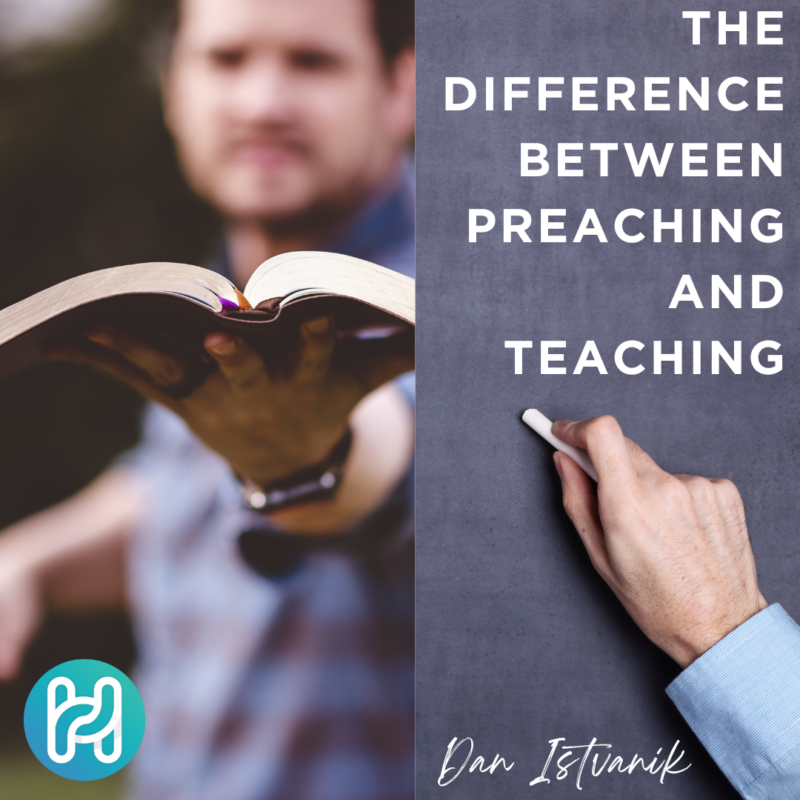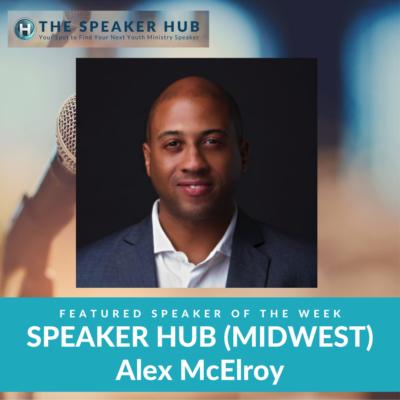Youth Ministry Lessons, Youth Ministry Thoughts
Difference Between Preacher & Teacher
THE DIFFERENCE BETWEEN A PREACHER AND TEACHER. For many years, I have continued to explain my decision to pursue a Masters in Education, not Seminary, as my students needed a teacher, not a preacher.
I have even, on occasion, been interviewed or written on this topic. If you have looked back on recent posts, you will see how teaching methods and educational understanding can shape and improve youth ministry. Things like curriculum mapping, understanding student learning styles, and even differentiation of instruction.
Here are a few thoughts on the difference between preaching and teaching and why I seek to teach and not preach to my students.
- Purpose:
– A preacher primarily aims to inspire and motivate through the passionate delivery of a sermon.
– A teacher imparts knowledge, understanding, and correct thinking through structured lessons and explanations. - Delivery Style:
– Preachers use emotional language, storytelling, and personal anecdotes to engage their audience emotionally.
– Teachers typically use a more measured and logical approach, presenting information systematically and then involving discussions and personal application - Audience Interaction:
– Preachers rely only on one-way communication, delivering sermons to a passive-listening audience.
– Teachers encourage active participation, ask questions, create discussions, and provide opportunities for students to engage in small groups. - Content
– Preachers focus on singular content often drawing primarily from the Bible or traditions to convey moral principles and inspire faith.
– Teachers cover many subjects, from life topics to practical skills, tailoring content to meet their students’ learning styles. (learn more), while connecting it to the Scripture for Life application. - Authority:
– Preachers are seen as spiritual leaders with moral authority in the church; their authority is often more connected to a title and position.
– Teachers are respected for their knowledge and expertise; their authority is earned through their personal connections with their students. - Feedback:
– Preachers may receive feedback through audience reactions, such as applause, amens, or nods of agreement.
– Teachers receive feedback through conversations and student participation. They receive feedback more personally and directly. - Context:
– Preaching only occurs during worship services or special events, mostly on Sundays or set group gathering times.
– Teaching is continual and ongoing. Occurring in a variety of settings with different people beyond weekly gatherings. - Preparation:
– Preachers prepare sermons through prayer, reflection, and private study of the word, seeking to deliver a single message
Teachers plan lessons, create materials, and design activities to engage students in understanding God’s word based on spending time with students beyond the walls of their office.
- Long-Term Impact:
– Preachers aim to inspire spiritual transformation and a more profound commitment to faith and moral values.
– Teachers strive to equip students with knowledge, skills, and abilities that empower them to succeed spiritually in real life and follow Christ over the long term.




